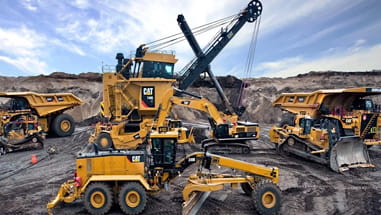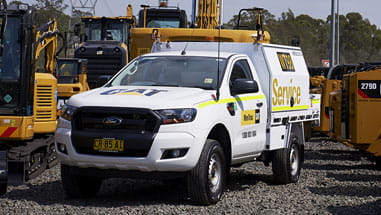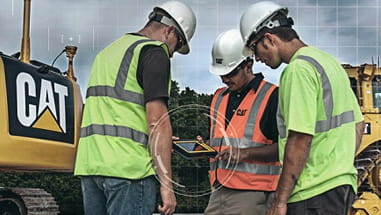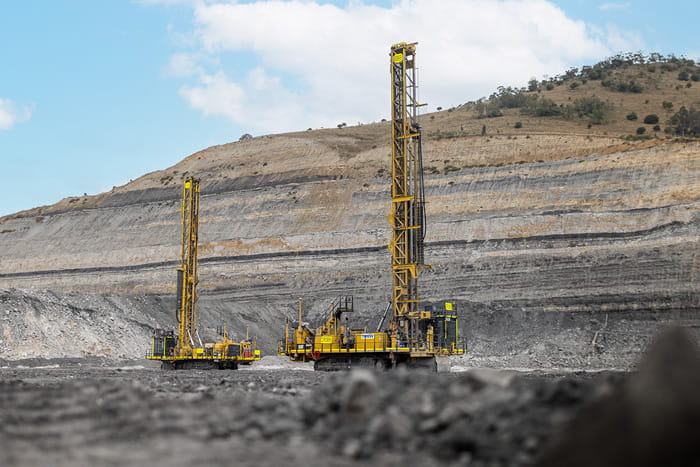
The Evolution of Automation in Australian Mining
This latest whitepaper in WesTrac’s mining series considers the evolution, key drivers, benefits, and some of the lessons learned from automated solution rollouts across the industry. It also looks at how these solutions have shifted from their initial tier-one operator target to most levels of the mining and related services sectors.









